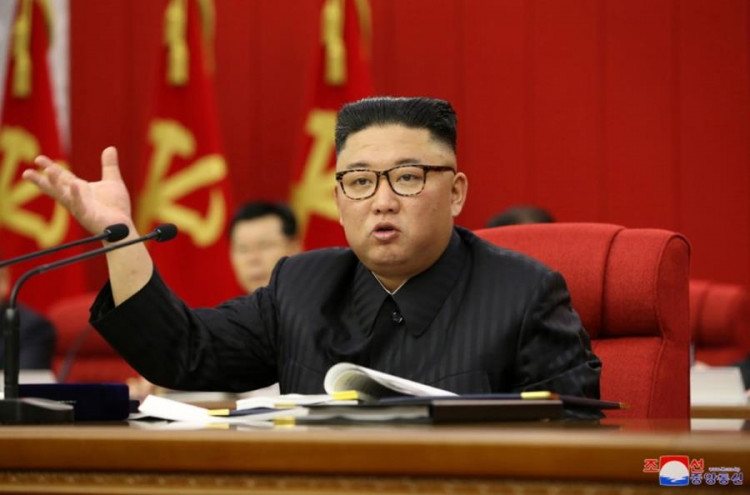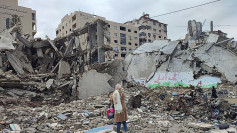A U.S. think tank has reported heightened activity at North Korea's primary nuclear site, following North Korean leader Kim Jong Un's order to increase bomb fuel production to expand the nation's nuclear arsenal.
The Washington-based 38 North monitoring project analyzed satellite images taken on March 3 and 17, which suggest that the Experimental Light Water Reactor (ELWR) at the Yongbyon facility may be approaching completion and moving toward operational status.
The report revealed that a 5-megawatt reactor at Yongbyon remained operational, with construction underway on a support building surrounding the ELWR. The reactor's cooling system displayed signs of water discharge, and new construction began around Yongbyon's uranium enrichment plant, likely intended to enhance its capabilities.
The report stated that these developments appear to align with Kim Jong Un's recent directive to boost the production of fissile material to expand North Korea's nuclear weapons arsenal. On Tuesday, North Korea unveiled smaller nuclear warheads and pledged to produce more weapons-grade nuclear material while condemning increased military exercises conducted by South Korea and the United States.
It remains uncertain whether North Korea has successfully developed miniaturized nuclear warheads necessary for smaller weapons it has showcased. Analysts believe that perfecting such warheads would be a primary objective if North Korea resumed nuclear testing for the first time since 2017.
South Korea and the United States have cautioned since early 2022 that North Korea could resume nuclear testing at any moment. Last year, the Stockholm International Peace Research Institute (SIPRI) estimated that North Korea had assembled up to 20 nuclear warheads and likely possessed enough fissile material for approximately 45-55 nuclear devices.






